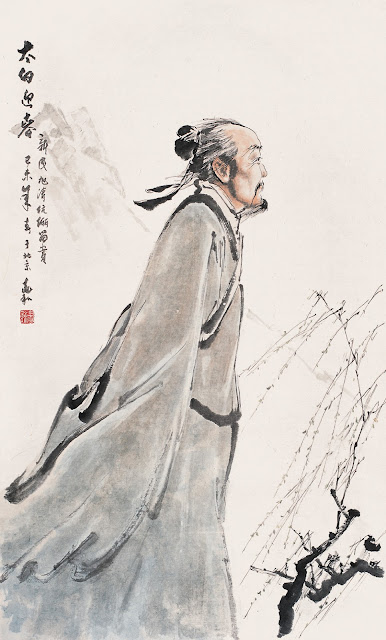Traditional Chinese medicine (TCM) has a wide range of medicine practices involving common concepts which have been developed in China and are based on a tradition of more than 5,000 years, including various forms of herbal medicine, exercise, massage , acupuncture, and dietary therapy.
The compendium of material medica is a Chinese material medica work written by Li Shizhen in the Ming Dynasty which lists all the animals, plants, minerals, and other items which are believed to have medicinal properties.
Cupping is a therapy in which a specific cup
or jar is attached to the skin by means of suction. In ancient times, it was
done with bamboo cups or animal horns. It was used to treat external conditions
on the skin and muscles such as strains, sprains and drawing out pus. It is
very effective for relieving musculoskeletal pain.
Acupuncture is a collection of procedures
which involved penetrating the skin with needles to stimulate certain points on
the body. It is a form of alternative medicine, one of the oldest healing
practices in the world. Acupuncture is utmost effective in symptomatic control
of pain and nausea.
In ancient texts, Moxibustion (moxa) is tried
if acupuncture and herbs have failed. The heat from moxibustion is very
penetrating, making it effective for impaired circulation, cold and damp
conditions, and yang deficiency. Moxa is prepared from mugwort (Artemisia
vulgaris), which is a perennial herb. The aromatic leaves are dried and
repeatedly sifted until they are fluffy.
The TCM industry has boomed in recent years
which market ranges from US$6 billion to US$20 billion. In China, the nation is
placing emphasis on the global standards of TCM production and is strengthening
technological innovations.


































